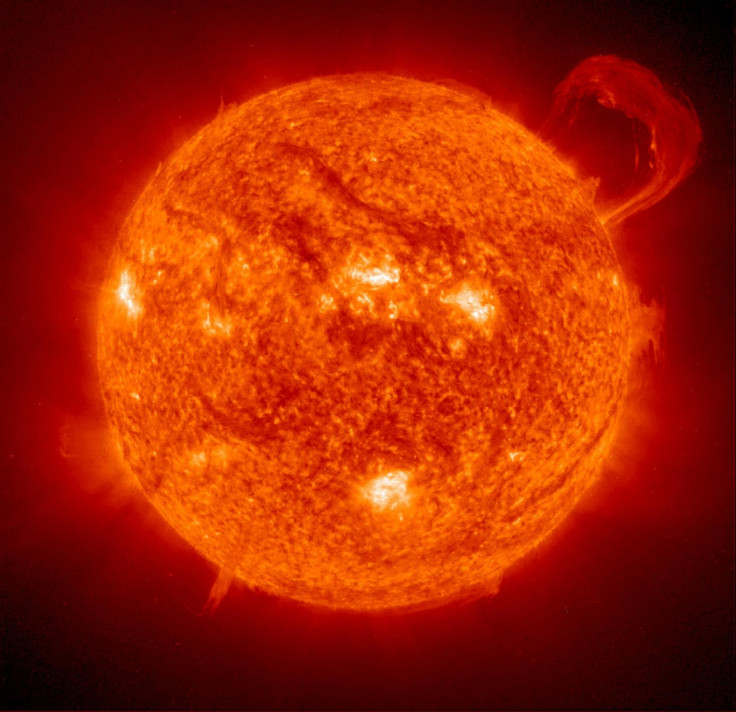What are the Sun's spicules? Scientists uncover origins of solar plasma jets
The new findings help answer some long-standing questions in solar physics.

The Sun's surface is constantly active with around 10 million plasma jets bursting out every few minutes. These are called spicules and can travel as fast as 60 miles per second and reach lengths of around 6,000 miles before collapsing. However, for years these spicules have posed a puzzle to scientists trying to understand how they originate. Now, physicists have finally uncovered the origins of the Sun's actively swirling spicules.
Researchers developed a detailed computer simulation that shows how spicules form and can break out from the Sun's surface and rapidly surge upwards. The Nasa-funded study, which made use of data from the IRIS (Interface Region Imaging Spectrograph) spacecraft and the Swedish 1-metre Solar Telescope in the Canary Islands, saw the researchers spend a whole year to develop the computer simulation.
Studying the Sun's plasma jets has been a "thorny problem" for scientists, according to Nasa, since spicules are transient in nature, forming and collapsing every 5-10 minutes.
"These jets of plasma are ejected so fast that they could traverse the length of California in just a couple of minutes," Bart De Pontieu, an author of the study and IRIS science lead at Lockheed Martin Solar and Astrophysics Laboratory, in Palo Alto, California told ScienceAlert. "They can reach heights of 10,000 kilometres, roughly the diameter of Earth, in just five to ten minutes."
"These tenuous structures are also difficult to study from Earth, where the atmosphere often blurs our telescopes' vision," Nasa said. Scientists have been working on this model for a decade, repeatedly falling short of successfully developing a version that can create spicules. The researchers finally figured out that the key to developing a model that could create spicules would be to incorporate neural particles.
"This is the first model that has been able to reproduce all the features observed in spicules," Juan Martinez-Sykora, lead author and astrophysicist at the Bay Area Environmental Research Institute in California, told ScienceAlert.
The model also revealed a new aspect about movements of energy in the solar atmosphere. The process during which spicules are formed also generates strong magnetic waves called "Alfvén waves", which scientists believe play a key role in heating the Sun's atmosphere and propelling solar winds.
"This model answers a lot of questions we've had for so many years," De Pontieu said. "We gradually increased the physical complexity of numerical models based on high-resolution observations, and it is really a success story for the approach we've taken with IRIS."
"It's exciting because it explains why the solar atmosphere is millions of degrees hotter than the surface," De Pontieu added.
The study detailing the formation of the Sun's spicules has been published in Science.
© Copyright IBTimes 2024. All rights reserved.






